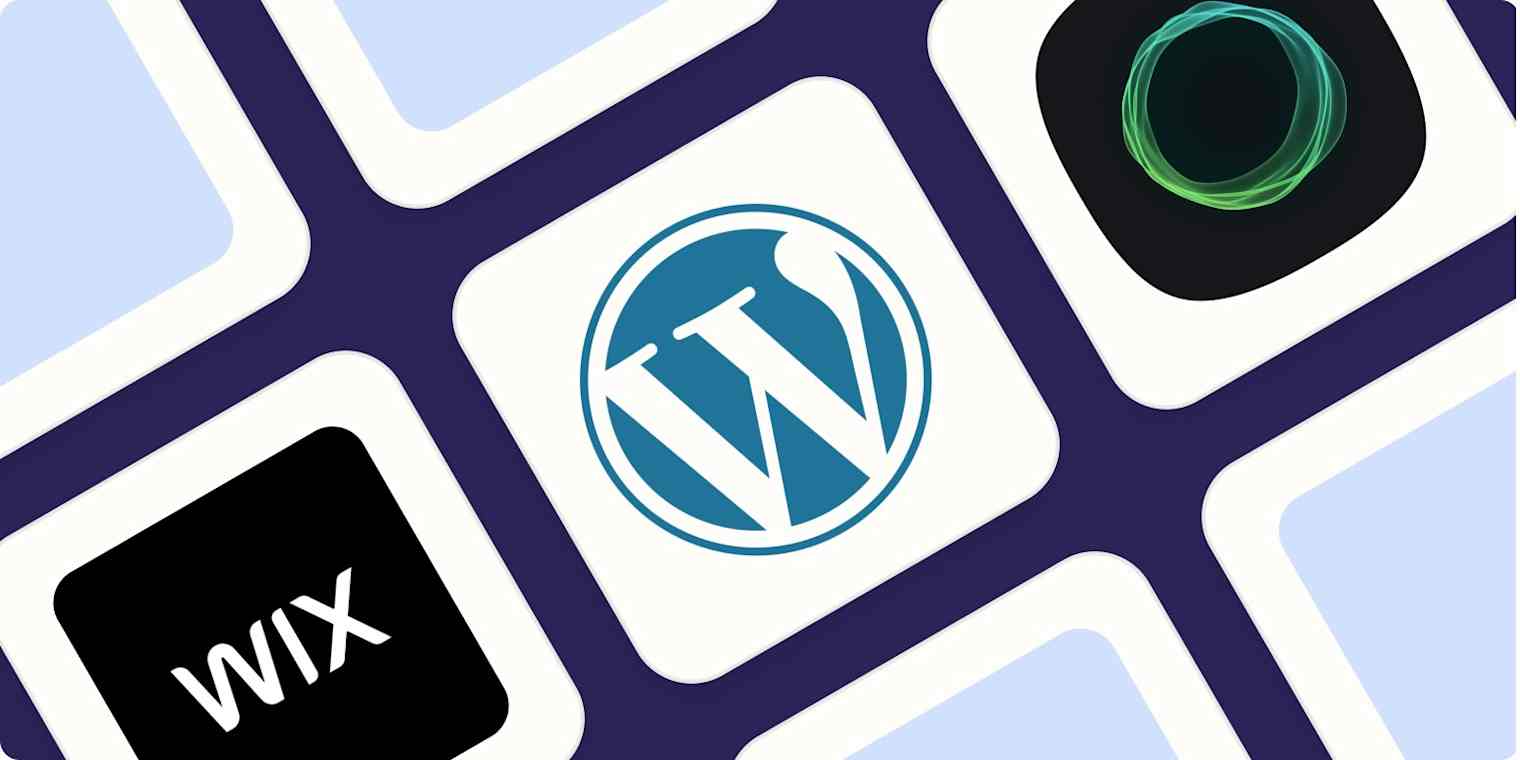Best apps
13 min readThe 5 best blog sites for building a successful blog in 2025
Choose the best blogging platform to showcase your content.
By Harry Guinness · October 9, 2024

Get productivity tips delivered straight to your inbox
We’ll email you 1-3 times per week—and never share your information.
tags
Related articles
Improve your productivity automatically. Use Zapier to get your apps working together.








